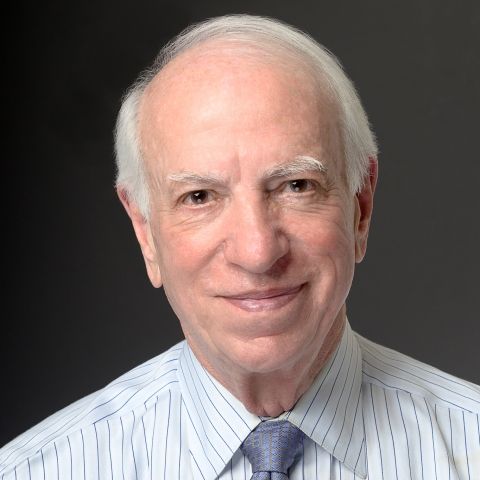
The Spousal Homicide Syndrome: Legal Implications
Drawing on the clinical literature and the case records and videotape library of the Forensic Psychiatry Clinic of the University of Virginia Institute of Law, Psychiatry, and Public Policy, we have elsewhere depicted a distinct clinical picture which appears to be characteristic of many males who kill their spouses.! In the twelve cases described in our study, the homicidal behavior was not secondary to a serious psychiatric disorder or longstanding character pathology, but could only be understood in the context of the dynamics of the victim-offender relationship. When we analyzed the offenders' personalities and developmental backgrounds. their relationships with their victims, and the circumstances of the offenses, striking similarities emerged, similarities which led us to characterize these cases as representing an identifiable "spousal homicide syndrome."
The twelve men included in the Forensic Clinic study described remarkably similar patterns of early development and family relationships. All remembered their childhood years as being marked by unhappiness, insecurity, and a sense of rejection, although few suffered outright physical abuse. Psychological rejection by the parents was usually quite explicit; in fact in several cases, the family unit disintegrated and the child was sent to live with other relatives or with strangers.
Emotional isolation continued into adulthood. Each of the twelve men experienced considerable difficulty in establishing and maintaining emotionally rewarding interpersonal relationships, especially with women. An extremely poor self-image and sense of inadequacy, coupled with a tendency to be dependent and demanding, contributed to the poverty of relationships. None of the men had a significant history of violent or otherwise unacceptable behavior and all could be characterized as exhibiting passive-dependent styles of adult functioning.